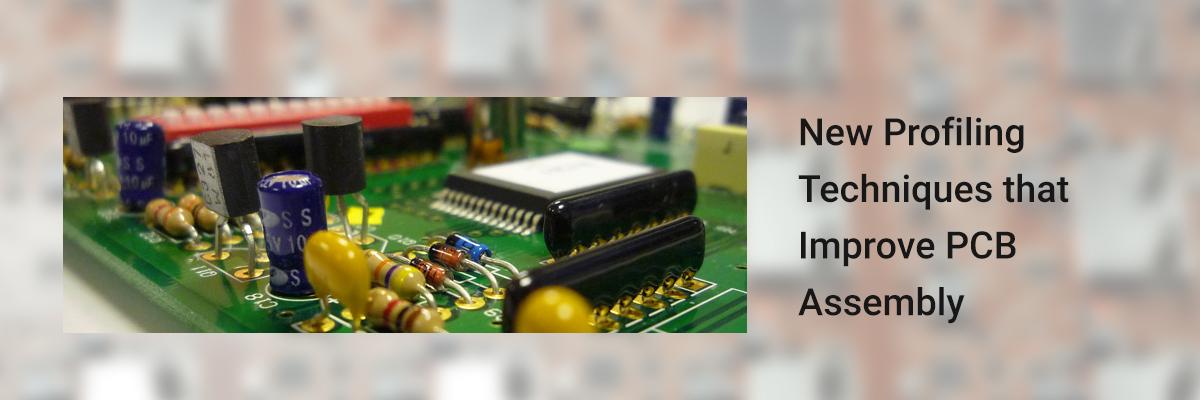

Recent developments in temperature-sensing technology aims to ease PCB assembly by eliminating the use of adhesives for thermocouple attachment.
In large surface mount packages, leads are located around the components’ periphery. Rework typically involves applying heat on the peripheral lead attach areas. But with BGA’s, grids of solder balls located beneath components that constitute both a physical and electrical connection, attachment is more complex. To obtain an accurate temperature profile, a thermocouple must be placed against a pad near the center of the BGA. One way to do this is to slide a fine-gauge thermocouple under the BGA. However, many BGAs do not have sufficient clearance beneath them, and the thermocouple’s connection to a ball near the center of the BGA is uncertain.
Other methods involve drilling or end milling a hole through the back of the PCB to a pad near a central ball, and attaching a thermocouple to the bottom side of the pad. Several techniques are available for mounting a thermocouple in a hole under BGA but are not as simple or time saving.
One new technique begins with drilling a 1/32 hole through the back of the PCB near a central ball. Then a thermocouple probe, (called a Temprobe) is clipped to the edge of the PCB, with its probe on the bottom side. The Temprobe’s thermocouple tip is inserted into the hole against the pad. Then a second thermocouple probe is clipped to the PCB with its probe on the top side, and its thermocouple tip on a pad near the BGA. The PCB is then profiled and heated to the correct temperature measured by both thermocouple probes simultaneously.
To verify the BGA profile, simply clip a Temprobe to a production PCB, place its tip on the reference point, run it through the profiling process, and then compare results to the original reference profile. Twisted Traces is one such trusted and experienced in circuit board manufacturing and assembly services.
This technique eliminates the need to solder, bond, or tape thermocouples to the PCB, and the additional step of removing those bonding materials later. Resulting in faster, easier work.
.png)